link: A Different Light – 20 April 2019
My typing is slow. Glacial, in fact. I use one finger and occasionally a thumb. Luckily, I have a PA who does the bulk of my typing. When I went to school, I went to the old classics – Onerahi Primary, Whangarei Intermediate, then good old Whangarei Boys’ High School. I used an electric typewriter which was lugged around graciously by a peer. Looking back, my ability to participate in written communication was pretty much a joke. My typing on the electric typewriter was even slower than on a computer. Apart from winding paper into a roller, there was no way of correcting typos that you have in this day and age before printing. The keys stamped ink on paper instantly. There was no predictive text either. There was no funding support available apart from a scribe when it was exam time so that I could dictate the exams when they came around. Maths was an interesting challenge. I barely passed School C Maths but could do a lot of arithmetic in my head as a consequence of not writing equations on paper. I did do well in History; my mother happened to be the teacher. It made me do the appropriate amount of work needed. Could I have done better? Probably, back then I was more interested in social inclusion rather than academic prowess. Ah, the regrets of youth!
So four decades (or more) later, have things improved in education? Is it more of a level playing field? Can disabled students reach their full potential? Well, it’s debatable to say the least. I’ve had a bit to do with a young man with cerebral palsy, similar to mine at that age. He reminds me of me when I was a young boy. Gregarious, angelic and eye-wateringly enthusiastic. About 18 months ago, he was struggling to participate in written learning at school as writing was not really an option for him. After much enquiring and encouragement, the Ministry of Education went through an elongated process which resulted in the purchase of assistive technology. A laptop to enable him to start on a journey of written communication through assistive technology. Assistive technology is not something that will work straight away from the outset. It requires training, practise and support. Rueben
Currently, Special needs education funding starts with an acronym: ORRS or Ongoing Reviewable Resourcing Scheme. Children classified under ORRS as having “very high needs” The percentage of children who receive ORRS funding is approximately 1%. The eligibility is very strict; only children with very high needs including intellectual disabilities receive ORRS funding. This means that children who are physically disabled (in this case the young student with cerebral palsy) who need support to actively be engaged in learning on the same level as their peers aren’t properly supported. While he may be eligible for his school’s Special Education Grant funding, he would be competing with other children with special learning needs and there usually isn’t enough funding to go around.
I find it somewhat ironic that children with the intellectual capacity to do well and benefit from education can fall through the gaps so spectacularly. They seem to be the untold story of education disparity.
Last year, the PM Jacinda Ardern announced 600 school staff to support children with special learning needs. The new group of learning support co-ordinators will be a dedicated full-time job by a registered teacher and the first tranche of 600 will be employed from as early as 2020. “If a child needs support and is not getting it, that’s not fair, and I’m not prepared to tolerate it.” the PM said. I hope the extra support will also include children who are able to participate academically on an equal level given the right support.
Jonny Wilkinson is the CEO of Tiaho Trust – Disability A Matter of Perception. A Whangarei based disability advocacy organisation.
